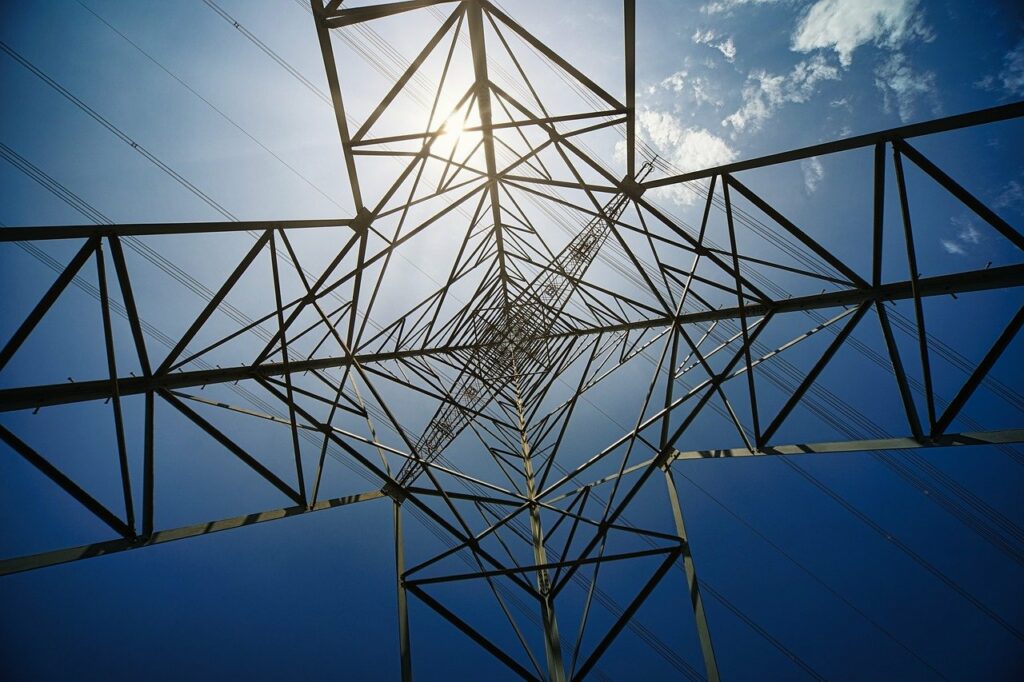A unanimous vote by the Federal Energy Regulatory Commission (FERC) has set in motion a comprehensive update of reliability standards for the U.S. bulk power system, aimed at addressing evolving cybersecurity threats, supply chain risks, and the resilience of electric infrastructure in extreme cold.
The measures span four dockets and represent the agency’s latest effort to align grid oversight with technological and climate pressures. Central to the package is a final rule revising supply chain risk management standards. The rule extends existing protections to network-connected equipment, closing gaps in earlier frameworks that focused narrowly on software procurement. NERC, the electric reliability organization, is now required to develop responsive modifications within 18 months of the rule’s effective date, a timeline designed to keep pace with rapid advances in vendor integration and the emergence of foreign entities flagged as national security concerns.
FERC also advanced proposals to adapt cybersecurity standards to changing architectures. One notice of proposed rulemaking targets low-impact bulk electric system (BES) cyber assets, recommending approval of a new Critical Infrastructure Protection standard (CIP-003-11) and inviting feedback on whether NERC should conduct a systematic study of threats to these systems. A companion proposal seeks to incorporate virtualization and cloud-based tools into 11 existing CIP standards. It introduces four new glossary terms and amends 18 definitions to enable secure deployment of virtual technologies, while also asking stakeholders to comment on phasing out NERC’s technical feasibility exception program, which some argue slows modernization.
Reliability under severe weather formed the fourth pillar of FERC’s action. The commission approved EOP-012-3, an updated standard on extreme cold weather preparedness and operations. Effective October 1, 2025, it adds clarity on communication requirements and operational planning for generating units during cold snaps. To ensure the rule adapts over time, NERC will file biennial reports through 2034 assessing implementation consistency and recommending refinements.
Industry observers note that FERC’s strategy reflects a shift from one-off directives toward a portfolio approach linking cybersecurity, supply chain governance, and climate resilience. Integrating virtualization into CIP standards, for instance, could allow utilities to deploy cost-saving cloud infrastructure without compromising security, but only if new compliance controls prove robust. Similarly, extending supply chain requirements to networked devices addresses a known vulnerability but may increase vendor qualification costs, requiring utilities to balance security gains against procurement flexibility.
The extreme-cold mandate illustrates the same trade-off: higher operational readiness and reporting burdens versus reduced risk of outages during winter peaks. Lessons from past grid failures in Texas and the Midwest underscore the stakes; improved standards alone will not guarantee resilience unless supported by disciplined implementation and investment in weatherization.
Stay updated on the latest in energy! Follow us on LinkedIn, Facebook, and X for real-time news and insights. Don’t miss out on exclusive interviews and webinars—subscribe to our YouTube channel today! Join our community and be part of the conversation shaping the future of energy.
